You´ve probably read about another happy day in my life: The day I sold my boat. OLIVIA was a great boat, not so because she was a good sailboat (she certainly is, but she wasn´t for me) but because I´ve learned a lot about boatbuilding, GRP, keels, Teak works and all yacht refit-related topics in the course of over three years in constant refit. Now, with a new partner on my side it is absolutely natural that new plans come up. We both together realized that it was not our way to end what I have begun. Well, to be honest, she plainly opened my eyes and her arguments had been a lot less prosaic but therefore a lot more intriguing.
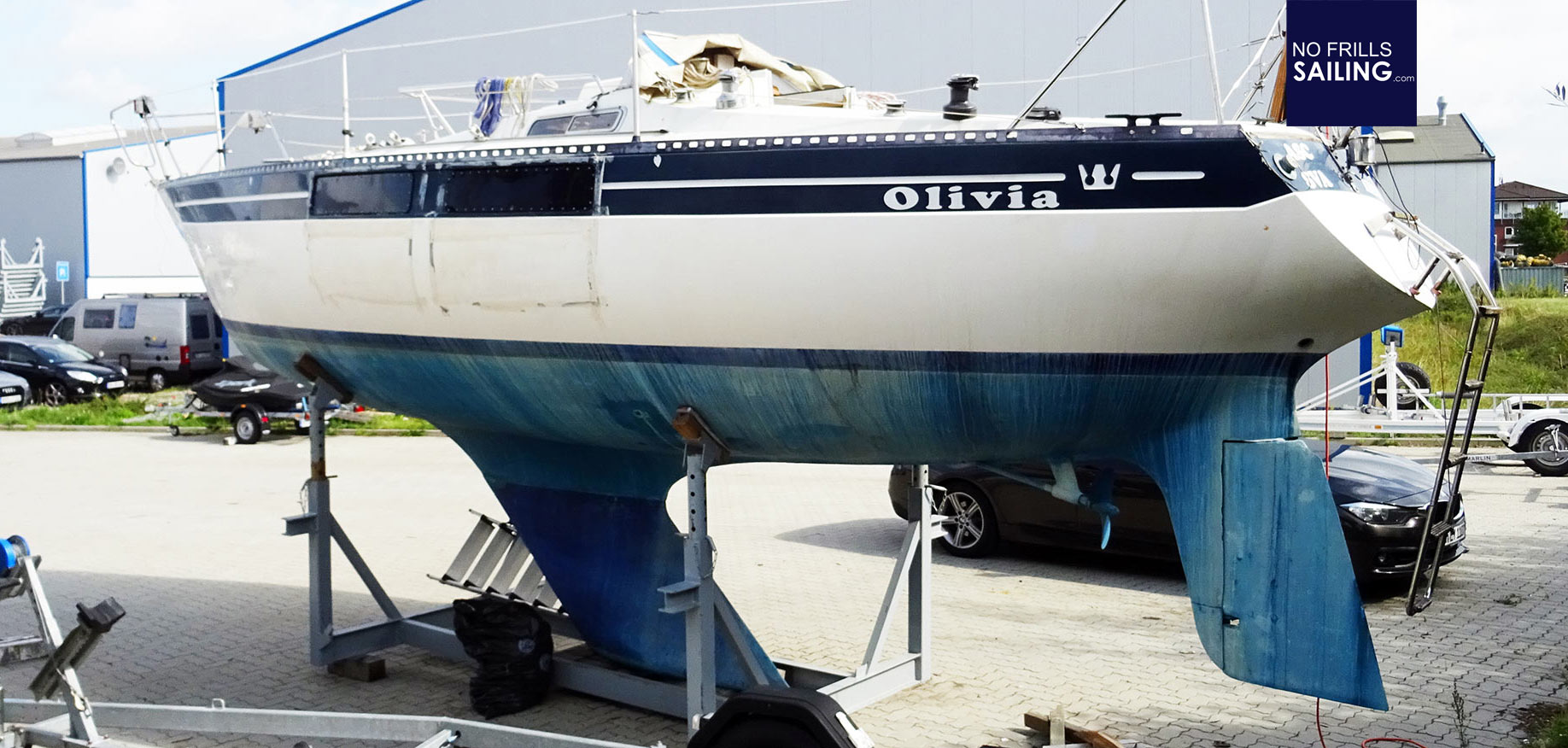
In the end, OLIVIA found a new owner who is happy to have got her for a very good price and who has the time and the skills to finish her and bring her back to her element. Same, by the way, goes for the boat of my partner: She owns a 26 feet Hagelstein 870 built in my home town of Luebeck which is as well a very special, very nice boat, but far too old, too small and too … unmodern. For there are new plans and ideas coming up of where to sail and when to sail, say, the “long haul” of which all sailors seem to dream, we decided to give up both our small boats and to look out for a new one.
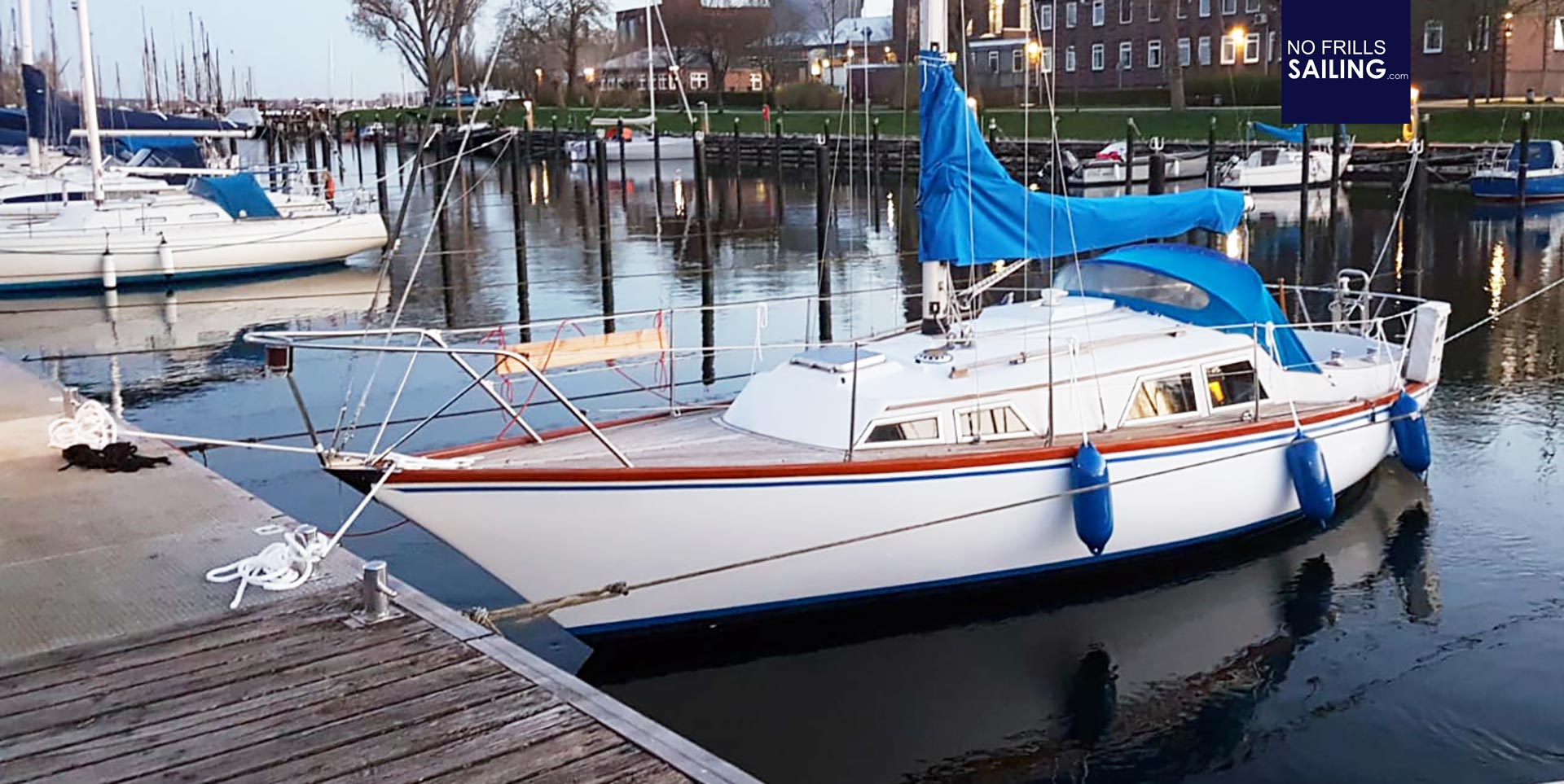
Of course, this new one should be … well, newer, in the first place. Old boats have a lot of problems whereas new boats … have as well a lot of problems but at least there are spare parts available and when it comes to a newly bought boat from a yard there´s two years of warranty by the dealers to devour. In this article I want to let you take part in the decision process and the thoughts we both had when we talked about our project: Buying a new boat together.
Decision Factors
Everybody has his or her preferences. Everybody has his or her favourite brands, types and boats. We both have too. I am the one who loves yachts made of aluminium, who loves performance-oriented yachts as well as the nice high-class blue water oceangoing yachts by Oyster or Hallberg-Rassy. My partner has her own view though as well: Even classier lines, like the ones of a Bestevaer, lots of wooden interior and above all, a “soul”. She does not fancy “plastic boats” as she calls modern series-production cruisers. Let´s talk then.
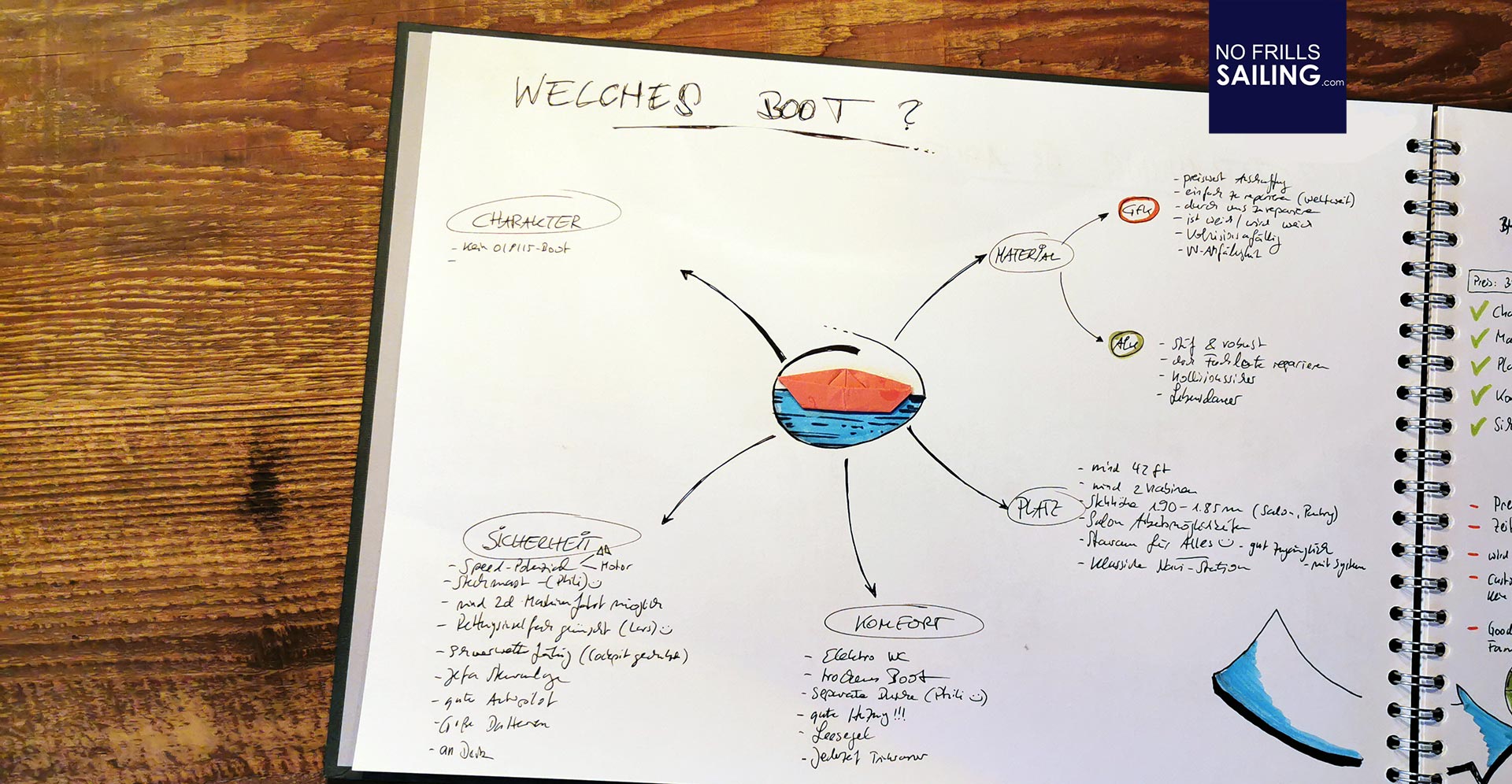
Instead of trying to persuade the other to adhere to ones preferences, we decided to come up with a very different solution: Let´s bring all boats of all types, brands, prices and shades to one table and find a system that helps us in decision-making. As my partner is a pedagogue and myself being a communications & marketing expert, it wasn´t very hard to determine those criteria we both find most important for our boat. So my hint to all those sailing couples and friends out there trying to find a common ground: Write down the criteria which you find most important for a future boat of yours.
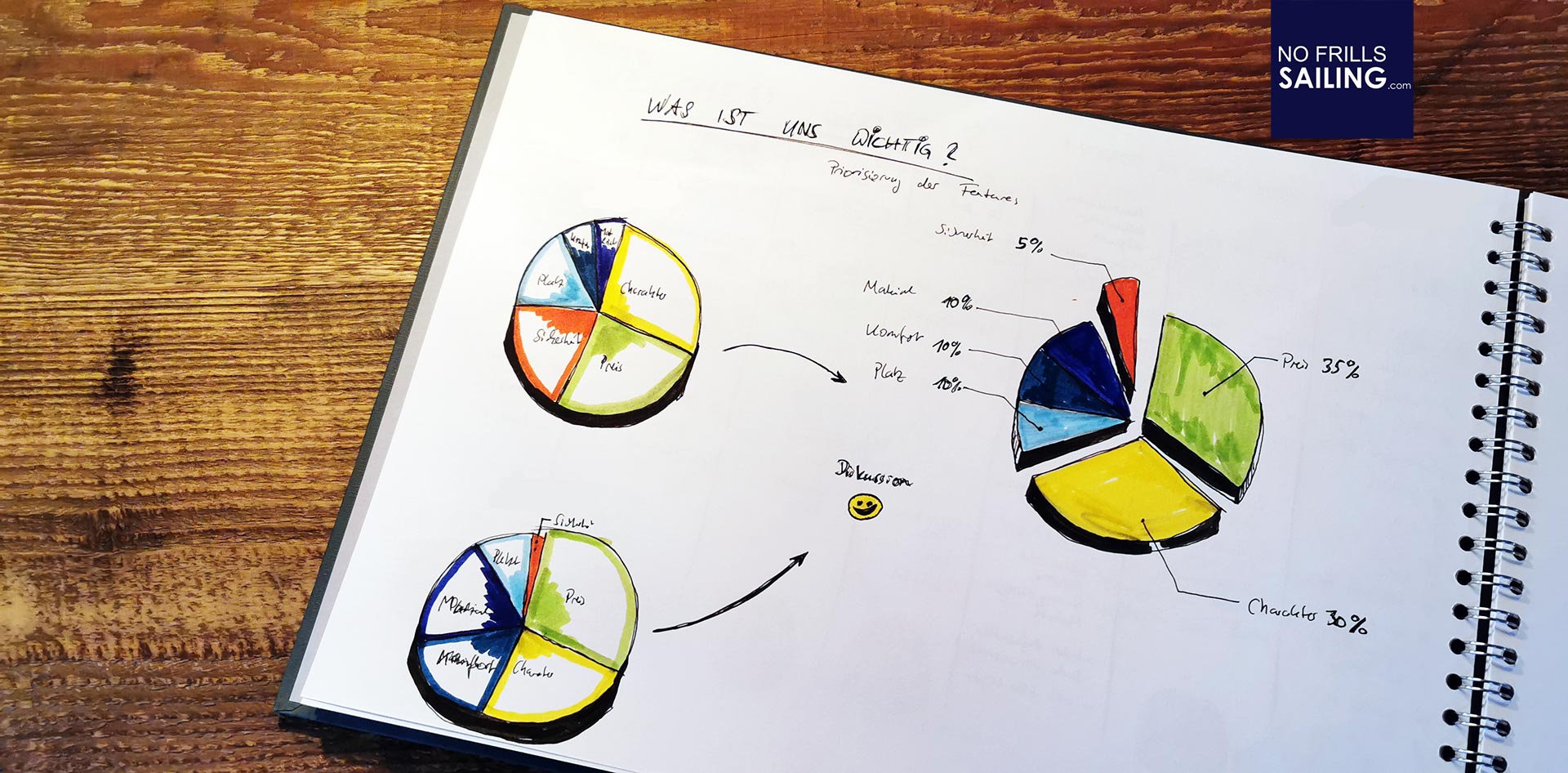
Now the tough part kicked in: Which is most important? Because maybe speed is the male´s most important feat whereas the lady prefers to have a large galley (to come up with a stereotype here). What we did was to imagine a pie chart and asked ourselves the question: How big must the individual slice of the cake be to be satisfying? So we attached percentages to each criteria and then had a discussion. Surprise, surprise: Mine and her cake haven´t been too different. In deliberately not discussing particular boats or brands but just features of the boats and how important we think they are, magically, no harsher discussion or argument could even develop. In the end, we agreed on a set of criteria and a certain prioritization. But even in the next step we did not discuss boats …
What do we want our boat for?
You all know that I earn my money as Sales and Marketing Director for a German Beneteau dealer. In this position I gained some nearly five years in intimate insights into the thoughts and souls of owners, clients and – most of all – a magnitude more wannabe owners. For each boat sold, statistically, I have to talk to 10 people. Of which nine won´t buy in the end. For the most part, money is mostly the dealbreaker but on second place comes something I would call the “uncertainty about what they want to do with their boat.”
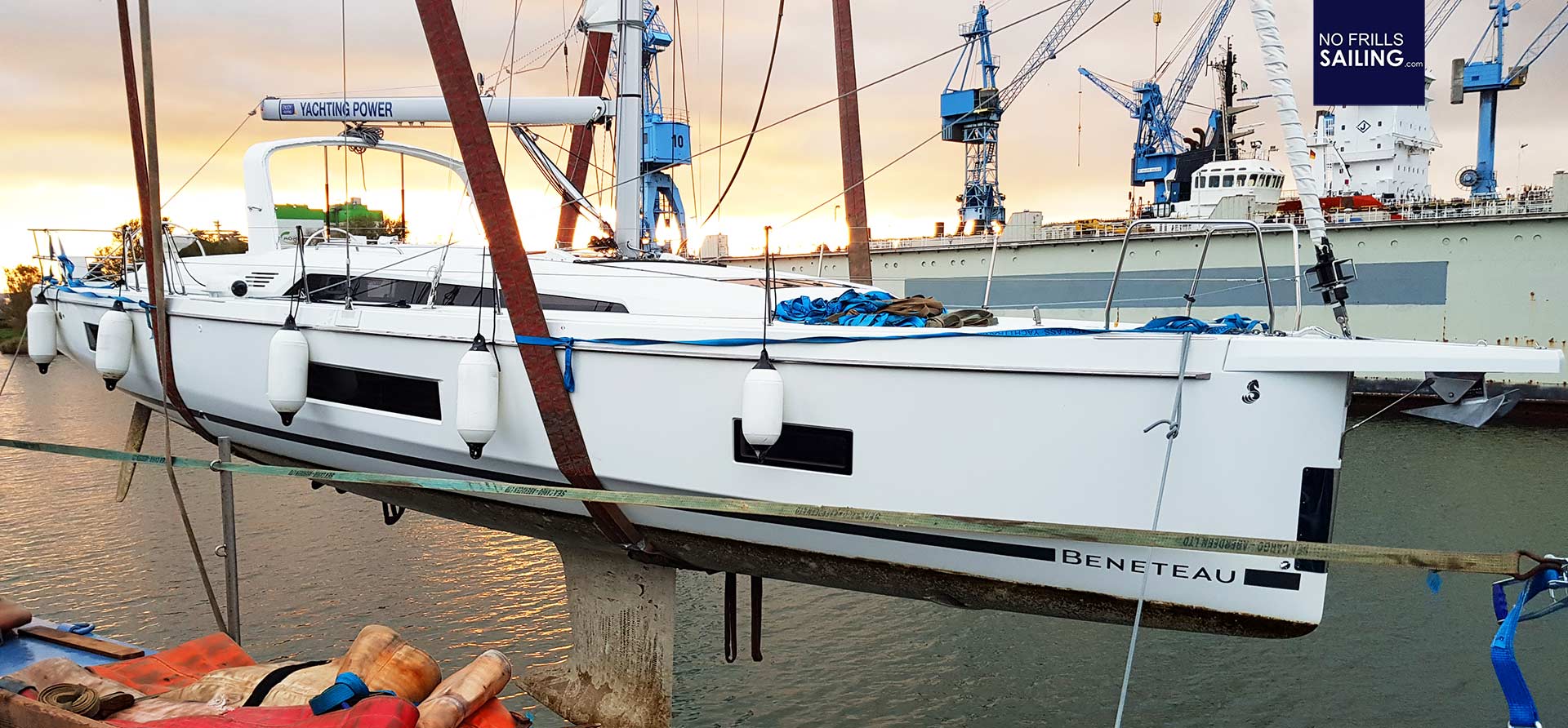
Mostly it is my counselling that brings up questions and then discussions among husband and wife about what they want their boat for. Is it really the circumnavigation – or just some weeks of vacation in the Mediterranean? Do they really want to beak new performance records – or does the family seek a floating holiday-retreat? Well, it´s time to talk about purposes. In our case, the answer was straight and clear: It is more of a circumnavigation and not just the smooth nice weather sailing during summer. It is more a floating home (and a very, very small flat on land) than a sailboat.
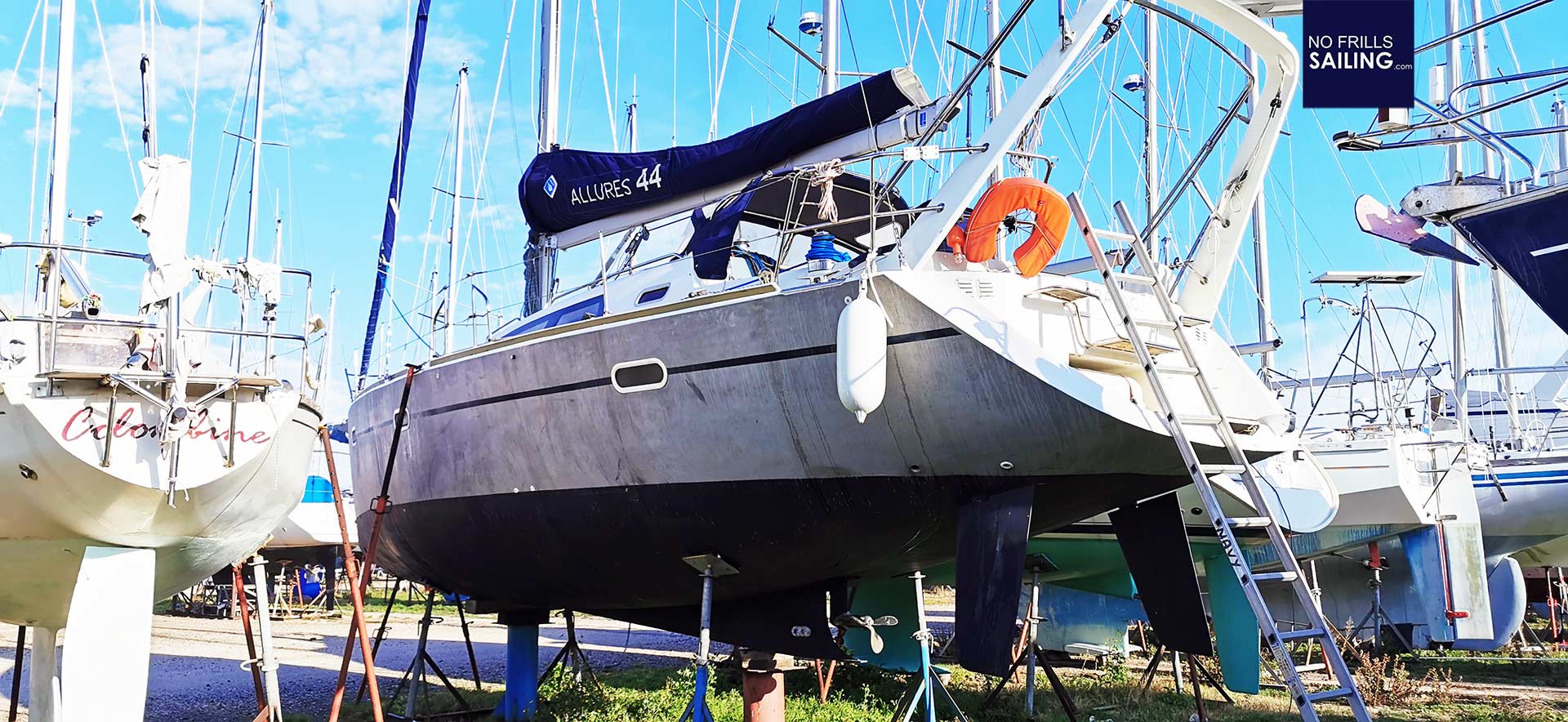
It really is a sailboat meant for a long trip (whenever that will come) and go-anywhere capabilities we are looking for than a fancy design and the latest in fashionable sunbathing-areas. My second hint for all people currently thinking of buying a boat: Be honest to yourself and talk openly about what you want to do with your boat, where you want to go and how long and often you want to use it.
Used or new? The old Question.
Well, having sold my used boat some weeks ago and being happy as I can be about that fact you might expect me to say: “Go for a new boat!” Especially because I am in new boat sales. Well, the answer is not so clear. As I said: Budget is often a dealbreaker. When this is the case, used boats are most of all the best way to finally afford to buy a boat. New boats are expensive, very expensive: With a lot of old owners getting rid of their yachts now there might be some very, very attractive deals out there.
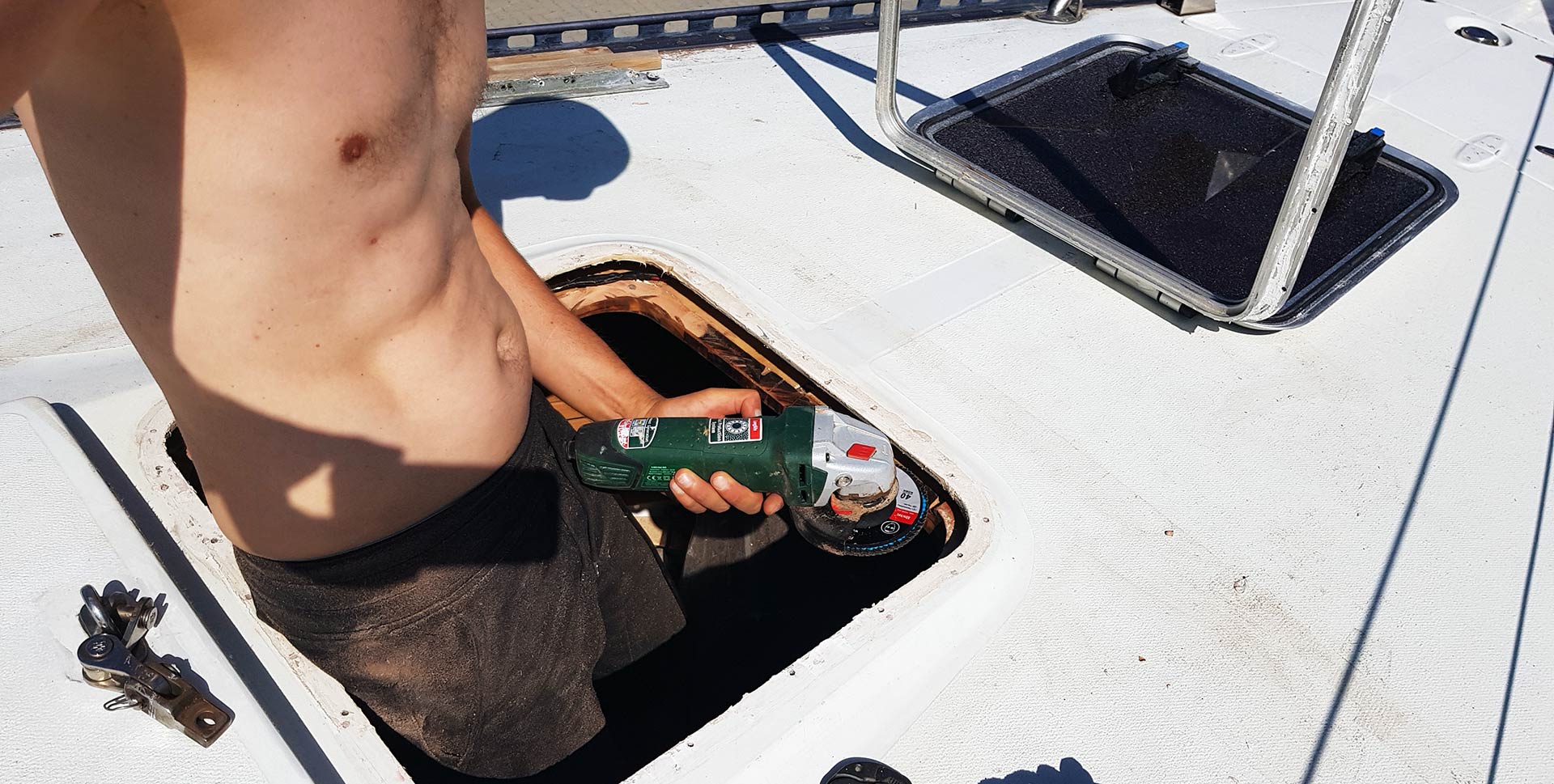
On the other hand, you can be sure that your used boat, no matter how great it might have looked when you checked it, will have her downsides. That´s assured! So bear in mind that you will have some budget in backup to pay for a refit: Depending on the age of the boat you can expect to re-new running rigging, maybe mast and standing rigging as well, maybe an engine (Ouch!) or electronics. My hint here – apart from the usual “have the boat thoroughly checked before you buy” – have 15 to 30 per cent of the budget you spend on a used boat ready on your account. Third hint: Don´t. Ever. Refit. By. Yourself. Believe me, I´ve checked it for you. (Well, unless you are a skilled craftsman or boat builder with a lot of time at hand of course.)
Which material?
The old question: GRP, aluminium or what? Well, this is where certainly many questions should be answered. GRP has undeniable advantages of which the price of the latter boat is the biggest. The series production boats are much, much cheaper per metre than comparable yachts made of aluminium. In this, these boats are perfectly made for a certain range of operational areas: Modern day cruisers are mostly boats for Mediterranean cruising, family holidays and/or short quick dashes in so-called “Gentlemen´s races”. There are GRP-boats made for the big voyage, of course, but these come at the same price as aluminium yachts.
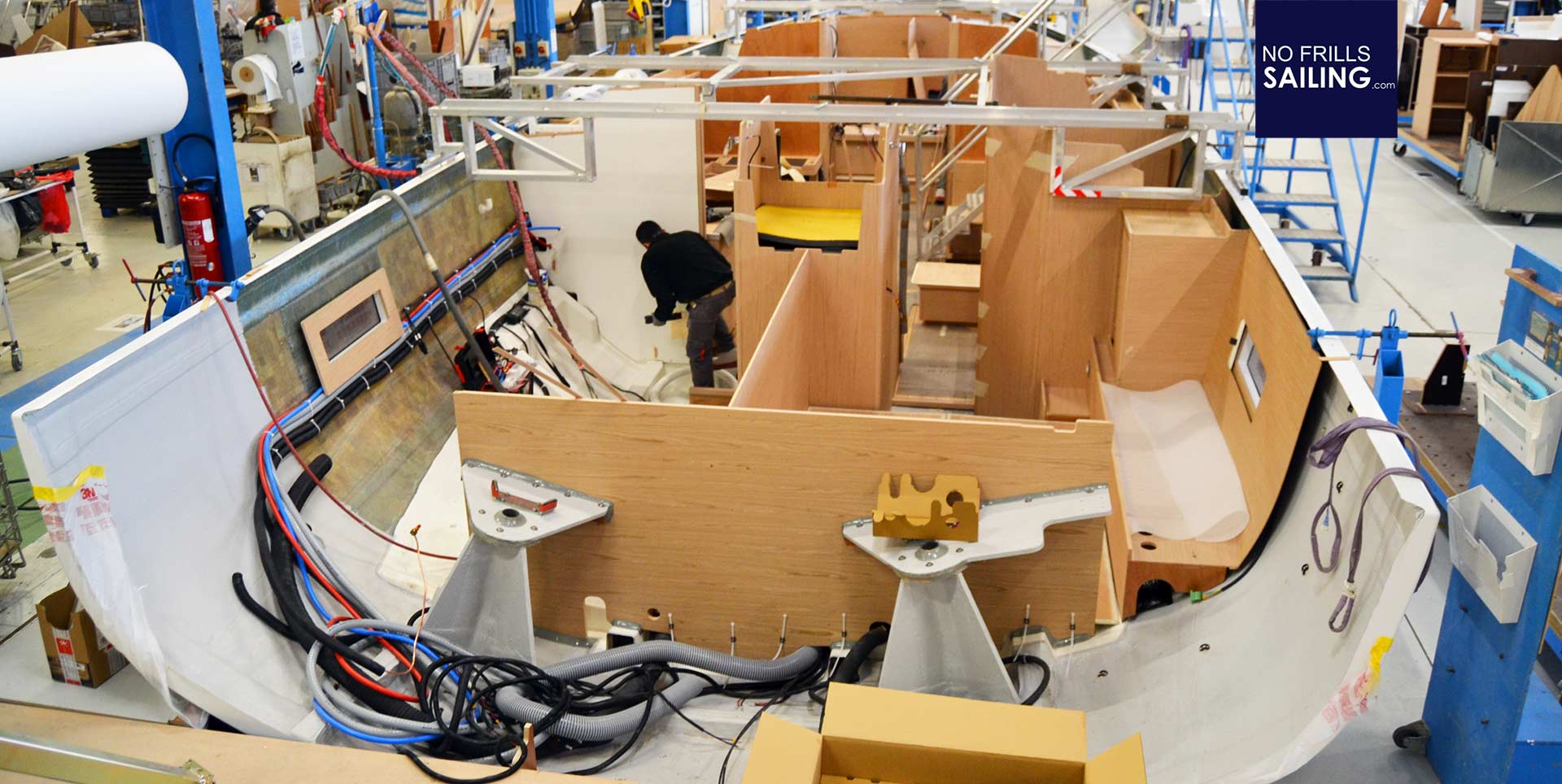
Well, you guys know that I am a big fan of metal. These are true “ships” in the narrowest sense of the word because they are built like true ships. Aluminium is stronger and more durable than GRP, it does not bend and is much safer in case of collisions with floating objects, much more rugged when it comes to smaller events like touching boats or jetties while berthing. Aluminium is the material of choice for people going on a long trip, maybe wanting to explore remote areas. Impact resistance and stiffness is one thing, variable draft and the ability to fall dry another – further widening the range of possibilities for these boats.

But – well, but aluminium is expensive. Boats like these are mostly custom or semi-custom yachts. In this, much less numbers are on the market and only a few brands like Allures or Alubat are offering a very limited range of yachts. Even used aluminium boats are rare and thus much more expensive than GRP-boats, flooding the market both in new and used conditions. We both thought it through very well and had a vivid conversation about this and I am happy that we both agreed unanimously that we´d go and look for a metal boat.
Our Top-Picks
But not solely, of course. You should be open and able to adjust. Our top picks for the boats we wanted is very interesting. As on top of the pops the Berckemeyer aluminium yacht reigned we both knew that even in used state this boat was completely out of our budget range. Nevertheless, a used Allures around 40 feet was realistic. These yachts are true blue-water cruisers, offer a great range of possibilities and have the advantage of a variable draft which is perfect for “exploring”. We don´t want to acquire a boat just made for 2 weeks of soft sailing holidays.
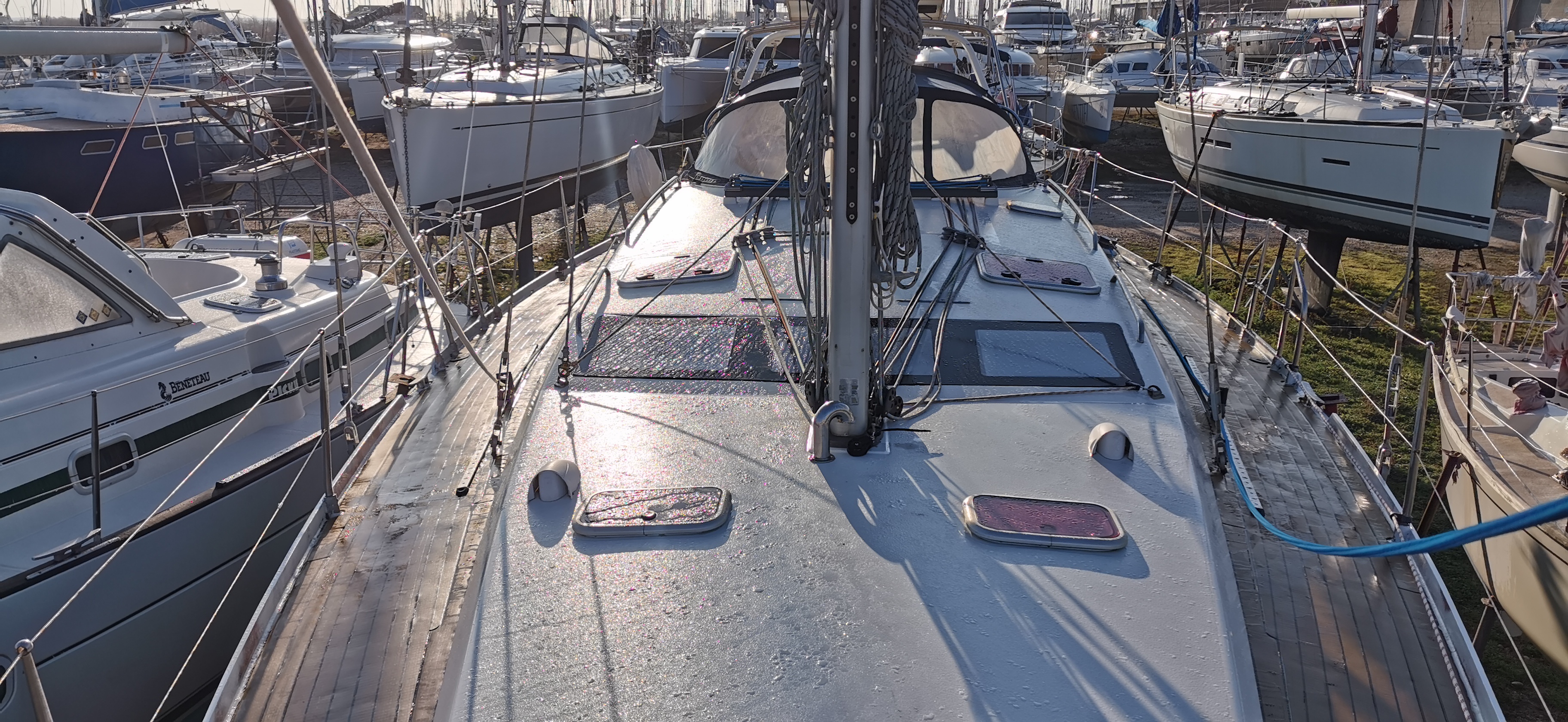
The big production boats of which the Beneteau Oceanis 46.1 most certainly was the boat I fancied most just like the Dehler 42 which I loved for her price and vivid sailing characteristics had been ruled out for the fact that they did not suit too well to our demands. The most important issue in finding our new boat had been named “character”. We determined that character, uniqueness, a certain feel of the boat was the most important feature of them all, much more important than sailing characteristics, price and so on. We felt that neither the French nor the German big production boats had this “character” we were looking for.

Surprisingly enough, one production boat had it: The smallest of them all. The Oceanis 30.1 which I know intimately from 540 miles sailing last year. Somehow this little boat convinced us both. She was small, yes, too small literally for a big trip. But in terms of uniqueness, of character and of offering something special, something that will draw a smile on faces, she stood out from the crowd, she really is something very special. And affordable as well. Of course, if chosen, I reckoned, first thing we should do is to replace the standard rigging by a mast made by Seldén. The rest: Perfect boat!
Making a Decision
So, how to make a decision then? After all these theoretical stuff, discussions, planning, checking online platforms and talking about financial situations, banks, loans and opportunities, we finally went out to see the boats. A good way to acquire a nice overview on current situation of the market in new boats is to attend a boat show. Preferably a big show, like Boot Dusseldorf. All bigger and all smaller brands will showcase their boats here and if you take your time you can get a pretty nice impression on current trends in boat building.

Filled with pictures and imprinted by the fancy new bling of current new boats we came to the conclusion that now new boat could be afforded except for the small 30.1 (which still was quite on top of the list). We opted for a boat in the 40 feet range and when it comes to the big production brands you´d need a budget of 250.000 to 300.000 Euros at least to acquire a brand new boat, even more when you want a boat by the top notch brands like Hallberg-Rassy. No way, of course, for us. So, let´s check the used boat market. When it comes to aluminium yachts, all ways lead not to Rome but to France. So we boarded a plane and went down to the French Mediterranean coast to see some of them – that´s a full dedicated article for later of course.

With used aluminium yachts there is a problem: Just a few are available because much fewer than GRP-boats have been built. As aluminium yachts are generally much more expensive, used boats are much more expensive too. Owners of aluminium boats most likely go on long haul trips – so these boats are generally well equipped, making them even more expensive. And, worst of all, because just a few are on the market, there aren´t big bargains to be expected. Aluminium boats are often sold quicker than their GRP-sisters. Well, that´s a whole other story. But in the end, finding a new boat is a great experience, no matter what – a long journey, an exciting way to wander, full of surprises and crazy things to happen. Our crazy journey has just begun.
You might also be interested in these articles:
Happiest day of a Yacht Owner
Books I recommend on second hand Yachts
